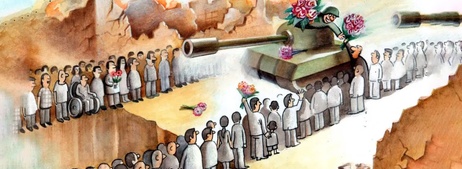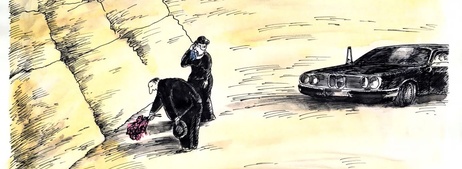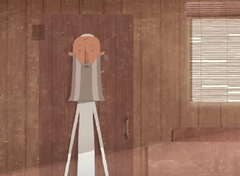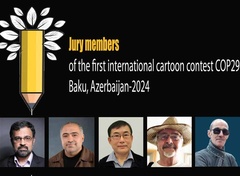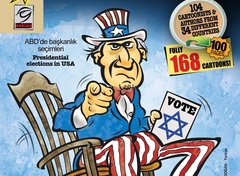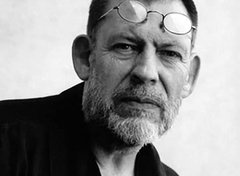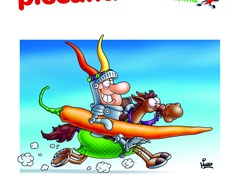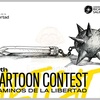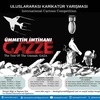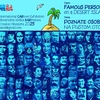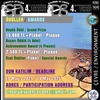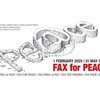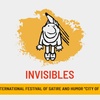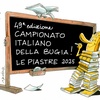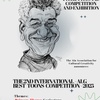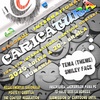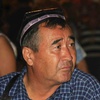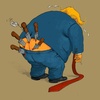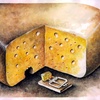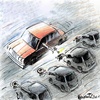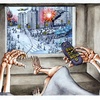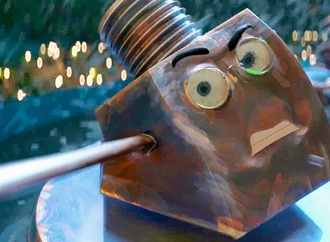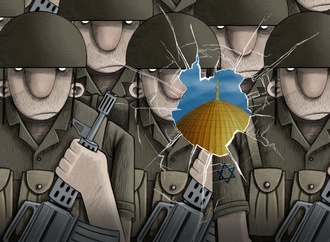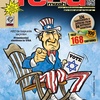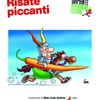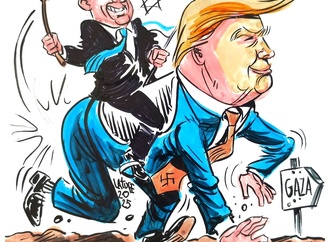Thirty three years ago, the cartoonist Naji al-Ali was gunned down on the streets of London. Ali was a fearless critic of all authority and a Palestinian refugee. He had fled Kuwait three years earlier, after receiving death threats. (His killers were Mossad.they assasinated Naji Al Ali, the Palestinian cartoonist because he gave voice to our people and that is a big crime!!)
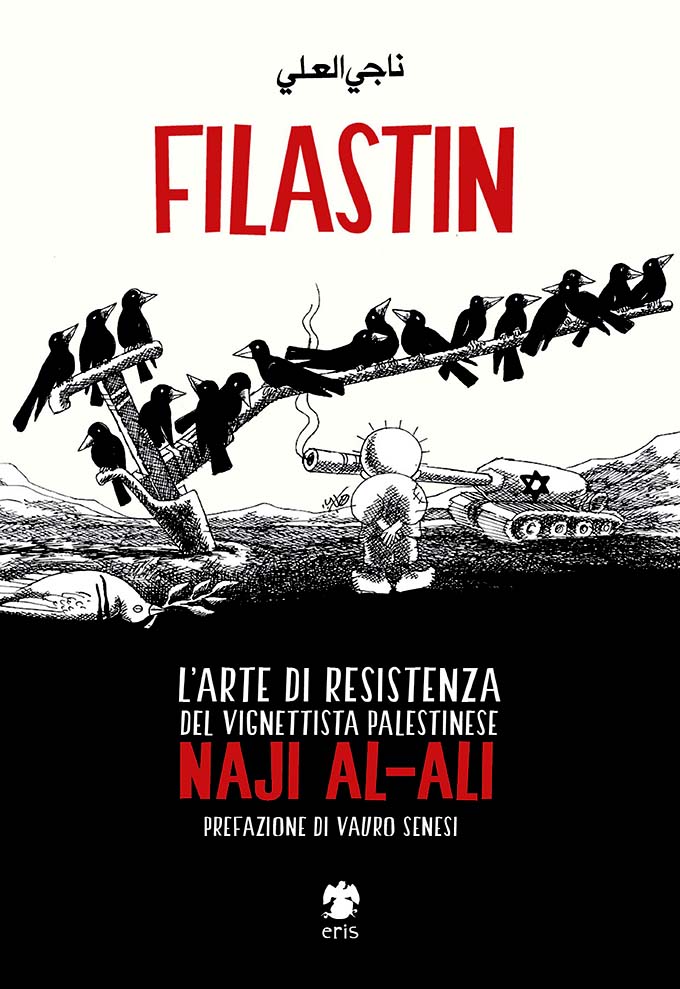
Yet his drawings continue to resonate for all those facing injustice.
This week, the London Metropolitan Police announced they were reviving the investigation into Ali’s assassination. It’s unclear what led police to reopen what has long been a cold case, or, at least, they haven’t been forthcoming about that.
But they have released a photograph of the firearm that likely killed Ali, a police sketch of the prime suspect and a detailed map of the street on which he was killed.
“[A] lot can change in 33 years — allegiances shift and people who were not willing to speak at the time of the murder may now be prepared to come forward with crucial information,” Commander Dean Haydon, head of the Met's Counter Terrorism Command, said in a statement.
Ali undoubtedly remains the most significant cartoonist in the Arab world. The anniversary of his murder and the reopening of the investigation is an opportunity to consider Ali’s aesthetic and political legacy in the Middle East and his enduring popularity across the world. His drawings continue to appear in graffiti and newspapers. At booksellers and literary fairs in the diverse Arab region, monographs of his iconic cartoons are almost always available, a signal of his lasting legacy.
The signature character of Ali’s cartoons is Handala, the young refugee boy — shoeless and in tatters — who witnesses the world’s tragedies on the reader’s behalf. Handala is a Palestinian refugee. But in the late Cold War era of power politics and geopolitical strife, Handala was also a universal story of the young boy whose innocence is lost. The reader never sees Handala’s face; his back is always toward us.
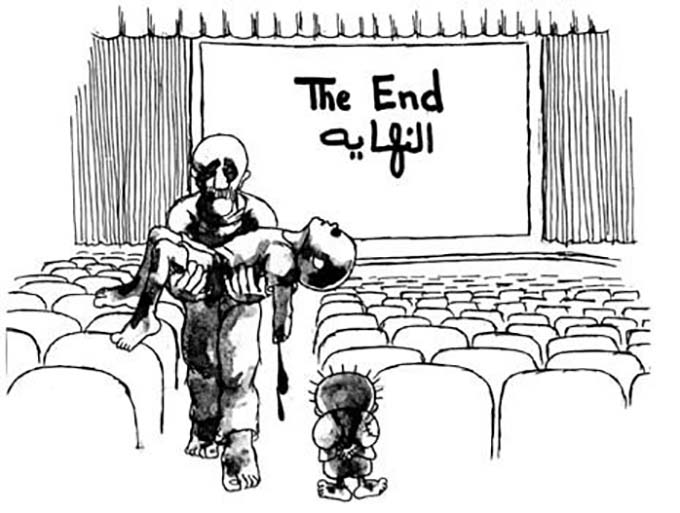
The cartoon character, Ali once said, symbolized his lost childhood as he had fled from a village near Nazareth in what was the British Mandate of Palestine, with the founding of the State of Israel in 1948 and the ensuing Nakba, meaning “catastrophe,” as the Palestinian mass exodus is known. Ali told the Egyptian novelist Radwa Ashour in 1985 of his iconic character:
“He was the age I was when I had left Palestine and, in a sense, I am still that age today. … The character of Handala was a sort of icon that protected my soul from falling whenever I felt sluggish or I was ignoring my duty. That child was like a splash of fresh water on my forehead, bringing me to attention and keeping me from error and loss. He was the arrow of the compass, pointing steadily towards Palestine. Not just Palestine in geographical terms, but Palestine in its humanitarian sense — the symbol of a just cause, whether it is located in Egypt, Vietnam or South Africa.”
.jpeg)
Handala appears in street art near Tahrir Square, downtown Cairo.
It comes as no surprise that Handala’s likeness has appeared in graffiti everywhere, from the Separation Wall in Palestine, to the backstreets off Tahrir Square in Cairo, to London.
Please visit his profile in this link!


